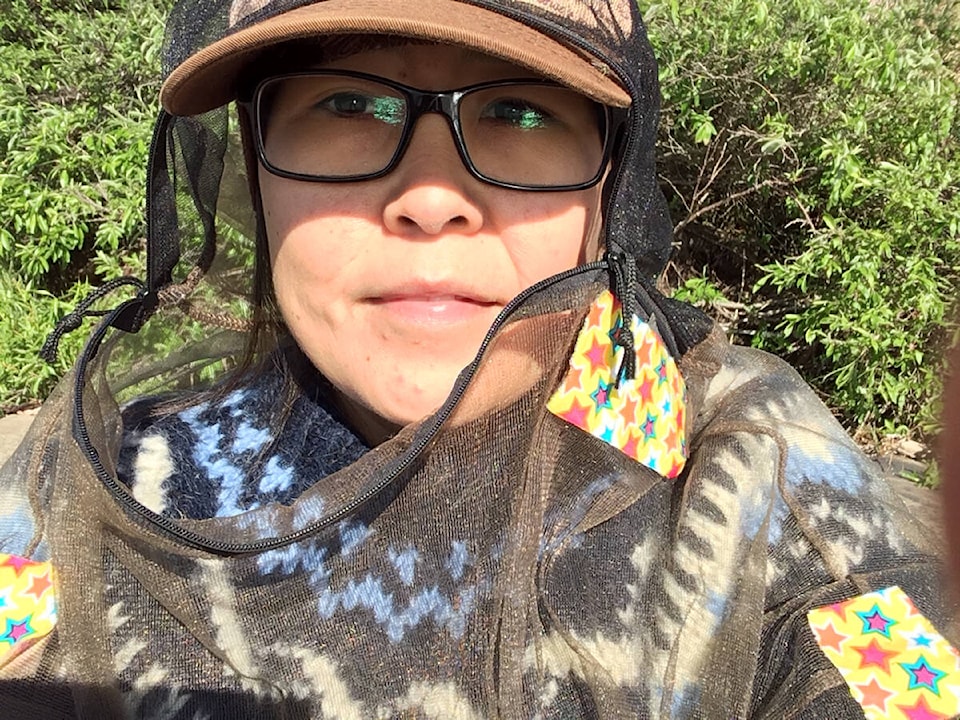Letitia Pokiak keeps getting drawn back to her roots.
Currently based on the unceded traditional territory of the K’omoks and Pentlatch First Nation on Vancouver Island, currently known as Comox Valley, the Inuvialuit-born archaeologist was back in the Inuvialuit Settlement Region recently to investigate any culturally-important heritage sites in the planned corridor for the Inuvialuit Energy Security Project (IESP) which could be potentially affected by the development of the TUK M-18 natural-gas well.
It’s not the first time she’s been able to research her heritage.
“I was involved in the Arctic Cultural Heritage At Risk (CHAR) project, led by Dr. Max Friesen of the U of T,” she said. “This archaeological project was a five-year study that included the excavation of a sod house at the ancient village of Kuukpak, which is located across from the ancient village of Kittigazuit.
“The excavation allowed me to trace my Inuvialuit roots and record ancient artifacts: instruments that have carried us forward as Inuvialuit since time immemorial.”
This time was different, however, as it was her first trip after graduating in the field. After successfully defending her thesis in September of 2020, she was awarded her Master’s degree in Anthropology earlier this year.
It’s been a long time coming — Pokiak told Inuvik Drum she’s been working in the field since she got involved as a summer student while getting her undergraduate degree, which was in the early 2000s.
But the roots of her love of uncovering the secrets of the past go much deeper.
“As a person who was raised traditionally, I’ve always been connected to our culture,” she said. “My first experience with archaeology was in high school, when myself and fellow high school friends went to Mexico to tour pyramids and culturally-rich sites that span thousands of years. I eventually became interested in archaeology while attending university.
“Anthropology as a discipline was introduced to me in Mexico as part of an immersion program, studying the history, language and culture. As a cultured person, who was studied by ‘other’ anthropologists, it’s weird, ironic even, that I became the ethnographer studying a culture ‘other’ than my own.”
In her most recent study, Pokiak determined there were no historical sites in danger of being affected in the proposed corridor of the IESP — though she noted the general area where the proposed Liquefied Natural Gas plant is to be built has other known cultural sites.
Looking forward, Pokiak said she is interested in connecting with other Indigenous cultures around the world to “determine how they are moving forward as Indigenous People that were also impacted by colonization.”
“I don’t think that I necessarily want to study archaeological sites in ancient countries, though checking out Machu Picchu in Peru would be pretty cool,” she said. “I am very interested in travelling, to experience culture and traditional practices; I would love to eventually travel to Australia and New Zealand, to witness firsthand how the Aborigines and the Māori practice their traditions.”
